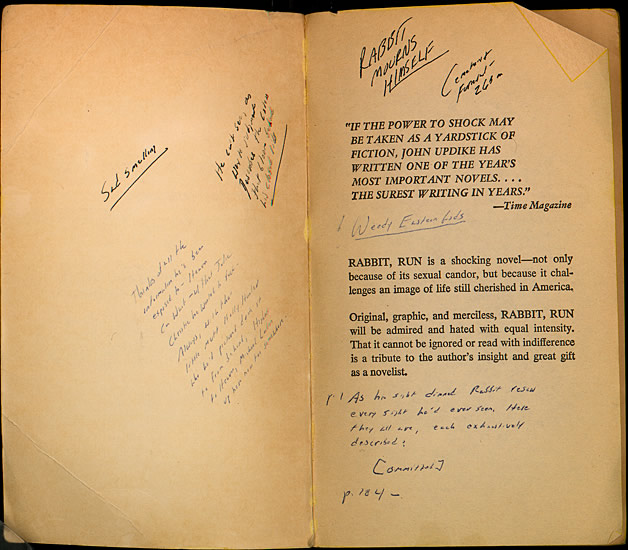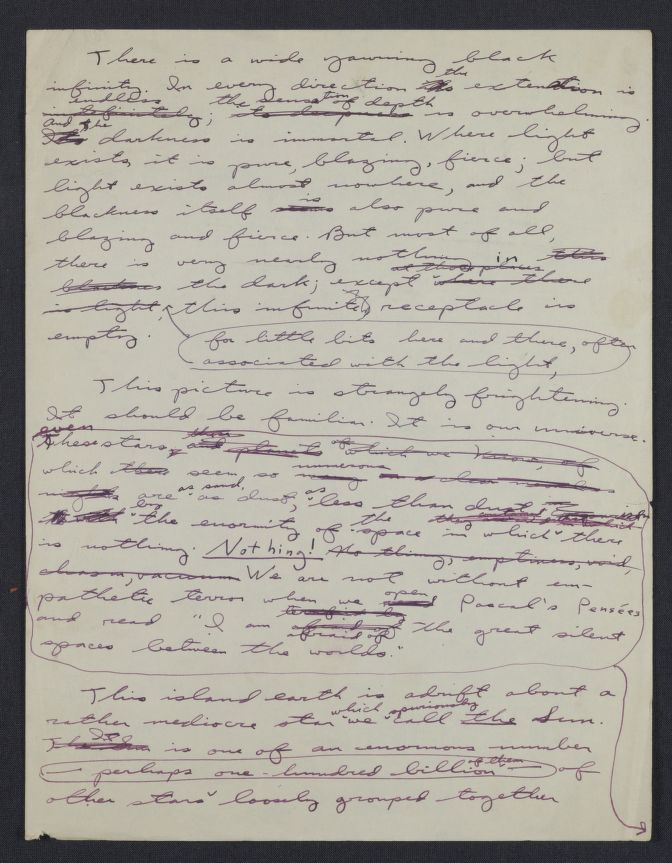“Ernest Hemingway, on his way to cover the civil war in Spain, stops in New York for a couple of days and drops in at Charles Scribner’s Sons publishing house. He wants to touch base with editor Max Perkins. Hemingway’s arrival is unannounced, and another writer, Max Eastman, is in Perkins’s office at the time. Hemingway nods at Eastman and proceeds to ignore him until he remembers a comment of Eastman’s. In a review titled “Bull in the Afternoon,” Eastman had described Hemingway as a member of the “False Hair on the Chest School of Writing.” Hemingway exposes his chest and asks, “Look false to you, Max?” Hemingway unbuttons Eastman’s shirt, and Eastman’s chest proves to be, in Perkins’s words, “as smooth as a bald man’s head.” Perkins tries to demonstrate that it’s not such a bad review by reaching for Eastman’s essay collection and reading a passage. This proves to be a tactical error. Hemingway snatches the book from Perkins’s hand, reads a passage that inflames his temper, and snaps the book shut on Eastman’s nose, and the two began grappling on top of Perkins’s desk and then the floor—until Hemingway, whom Perkins thinks is going to tear Eastman apart, begins to laugh.”
— Michael Gilmore, Harry Ransom Center
The quarrel described here between Ernst Hemingway and Max Eastman is, believe it or not, something that actually happened! It was documented by several newspapers at the time, and is included in biographies of Hemingway, Eastman, and Perkins. Interestingly, and lucky for us, the scuffle between the authors was also documented in Hemingway’s copy of Eastman’s Art and the Life of Action, with other Essays, a book that was borne out of the authors’ hostility toward one another.
On the inside cover, below a crude drawing of a hand, is written, “This is the book I ruined on Max (the Prick) Eastman’s nose, I sincerely hope he burns forever in some hell of his own digging. — Ernest Hemingway.”





















